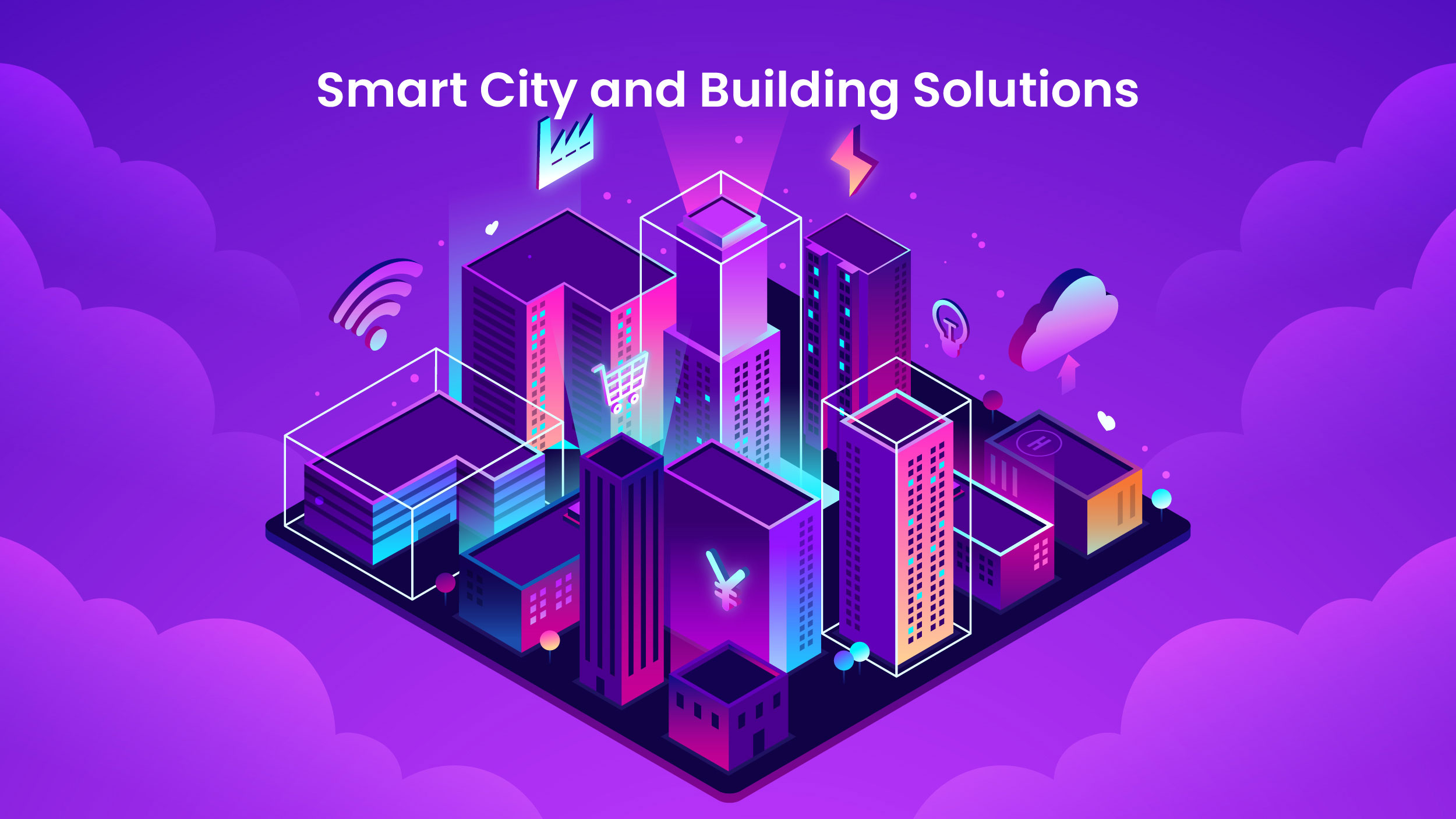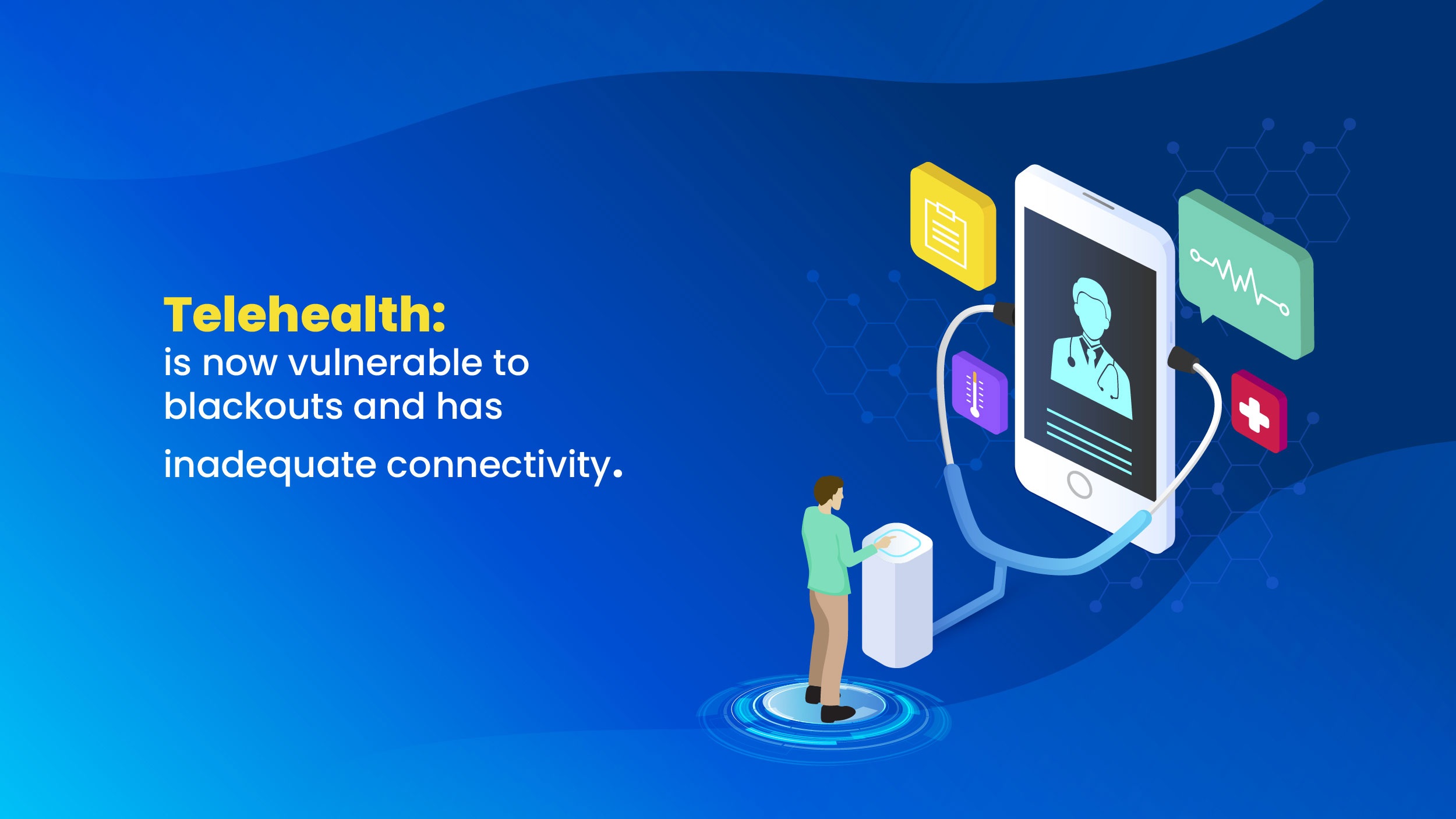From remote monitoring vending machines to connected factories, IOT has come along a long way and forward is the way to go with 5G collaboration in tow.
For the past five years, the Internet of Things (IoT) has been predicted to be the next big thing in business, with estimates of the number of linked devices reaching 100 billion.
Finances Online reports that a more conservative estimate places the number of operational IoT devices at close to 9 billion by 2020. By 2030, the population is anticipated to reach 25.44 billion, and it is continually expanding.
As 5G continues to flaunt its benefits upon us, and we continue to get enchanted with its charm, the number of connected devices is only going up.
5G and IOT Collaboration Creating Waves of Innovation
A faster communication channel will be enabled by 5G and you may anticipate speeds of up to a few gigabits per second. Your gadgets may work together and complete tasks more quickly as a consequence. Also, it will offer a network with extremely low latency; early 5G deployment, according to Verizon, demonstrated a latency of 30 ms. That will make it easier to do delicate procedures like surgery using IoT devices. Now, you may connect more devices to 5G without experiencing quality reduction due to its tremendous bandwidth.
When 5G becomes more widely available, it will be utilized to serve mission-critical IoT, which depends on its high bandwidth and low latency to support emerging use cases like linked drones, assisted driving, delivery robots, and autonomous guided vehicles (AGVs). The extent to which 5G and IOT collaboration will be successful, but it is well-positioned at the top of the upgrade route to serve IoT use cases that require constant high-speed communication or depend on quick data analysis and decision-making to bring about commercial benefits.
Smart City and Building Solutions
More sensors will be able to be installed in smart cities and structures because of the increase in connected devices. Nowadays, sensors for smart cities are often somewhat limited; they are mounted on light poles and cover the region fairly broadly. For better or worse, 5G and IOT make it possible to cover a space with tiny sensors. With present methods, there is a chance that the lights will fail to detect a stationary person and turn off. This enables uses like sensing pedestrian movement and lighting activation.

Bluetooth technology is already making it possible to track people, cars, and equipment inside buildings. But, 5G will enable much more data transmission for the Internet of Things. Imagine a hospital bed that sends doctors regular updates on the patient’s vital indicators.
AI Integration for Traffic Control
Consider how a smart city with thousands of cameras could warn drivers about impending accidents or point out parking spots. Moreover, the development of driverless vehicles will start. With the help of 5G and IOT communication, cars can communicate with one another and their surroundings, reducing the chance of accidents and enabling much more effective traffic patterns. Implementing all of these measures can ease traffic congestion, cut travel times, and conserve energy by decreasing the amount of time cars are left idling at stop signs or queues.
Moreover, cars might keep track of the state of their brakes or oil, alerting the owner and linking them to the repair shop of their choice. Also, self-driving vehicles might capture and send data back to their creators, which could then be utilized to enhance the software and create new designs.
Telehealth
For those who need it most—those in rural areas where a doctor may be hours away, telehealth is now vulnerable to blackouts and has inadequate connectivity.
Remote locations will experience faster internet connections due to 5G and IOT could eventually enable robot-assisted specialty surgery in small rural clinics. It will also enable remote diagnosis of contagious diseases without the need for patients to physically enter an office or hospital and potentially transfer the illness to others when used in conjunction with the personal medical kits being developed.

Wearable health monitors are predicted to save hospital expenses by increasing patient engagement and improving outcomes, freeing up funds that could be used more wisely elsewhere.
Retail
Imagine walking into a store and having your phone… or better yet, your AR glasses, tell you where the item you are looking for is. Imagine that you can look at a dress and your gear will pull up a picture of how it will look on you using virtual reality. Smart tags and digital signage will allow for a much smoother and more fun shopping experience. Ultimately, there may even be clothing printers that take your measurements and instantly make the clothes in your size.
If you were heading to a restaurant, 5G and IOT would enable your phone to connect to the network and communicate to the hostess before you even walk in the door the number of people in your party, any food allergies, etc.
Integrated Supply Chains
With IOT in manufacturing, factories, and warehouses are already employing real-time tracking for inventory control and tracking components, goods, and equipment throughout the full cycle. With 5G and IOT, it will be possible to trace a product from manufacturing to the end user all at once, without the need to check it in or out. The vendor will also receive notifications when a product is delivered and when one is “lost in the mail.” Supply chain integration will bring down costs, improve customer service, and lessen product loss during transportation. If these IOT tags are affordable enough, they might help discourage porch burglaries by enabling law enforcement to find lost packages.
Inferring From This
Given the current level of widespread reliance on mobile devices, 5G and IOT will fundamentally transform the globe in the next years. Each company must use 5G in a way that speeds up data processing and gives customers a better brand experience. Connected devices and utilities will further help in achieving the goal of global smartification.




